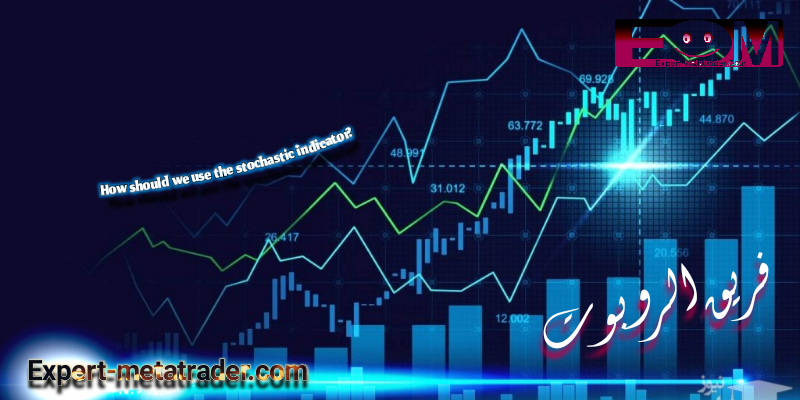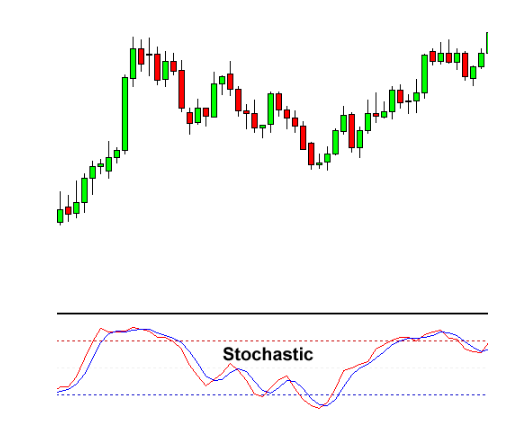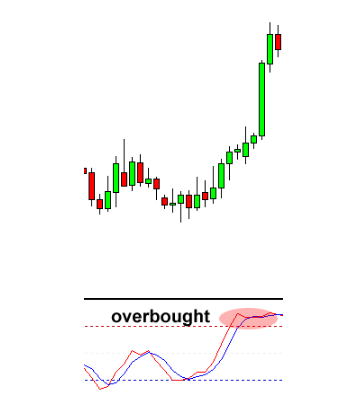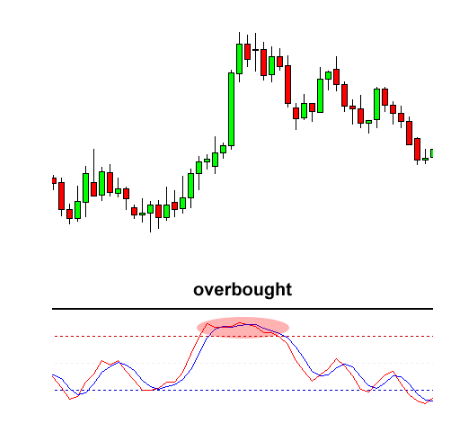
The Stochastic Oscillator is another technical indicator that helps traders understand where the trend is likely to end.
The operation of the oscillator is based on the following assumption:
- During the uptrend, prices will remain equal to or higher than the previous candlestick closing price.
- During the downtrend, prices are likely to remain equal to or lower than the previous candlestick closing price.
Labels: Order to build a Forex robot , Build a stock trading robot , Build a trading robot , Trader robot design , Free Forex Robot , Forex robot programming , Forex Expert Making Tutorial , Build a trading robot with Python , Download Forex Trading Robot , Buy Forex Trader Robot , Automated Forex Robot , Free stock trading robot , Learn how to build a Forex trading robot , Alpari trading robot , Forex robot for Android , MetaTrader robot design , MetaTrader robot programming , Forex robot design , Forex robot programming , Automated trading
This simple momentum oscillator was first invented by George Lane in the late 1950s.
Stochastic momentum measures price. If you imagine a rocket being launched into the air – it must slow down before it can land. Momentum always changes direction before price.
The stochastic oscillator uses a scale to measure the amount of change between the prices of a closing period and thus predicts the continuation of the current trend.
These two lines are similar to MACD lines in that one line is faster than the other.
Lines K% and D%
As you can see, the stochastic consists of two lines:
- Line K%: which is a faster line and shows the ratio of the final price level and the difference between the ceiling and the floor of the candlestick.
- Line D%: which is a slower line and the moving average of the line K%.

How should we use the stochastic indicator?
How to trade in Forex using Stochastic Indicator?
The Stochastic Technical Indicator tells us when the market is overbought or over-sold. The Stochastic scale fluctuates from 0 to 100.
When the stochastic lines are above 80 (the red line of the dotted line in the chart above), it means that the market is overpriced.
When the stochastic lines are below 20 (blue dotted line), it means that the market is probably oversold.
As an unwritten rule, we buy when the market is oversold, and we sell when the market is oversold.

How should we use the stochastic indicator?
Looking at the chart of the pair above, you can see that the indicator has long shown the conditions for oversupply.
Based on this information, can you guess where the price might go?
If you said the price was going down, you guessed it! Since the market has long been over-traded in the area, there has been no choice but to fall.

How should we use the stochastic indicator?
Stochastic indicator buy and sell signal
When the stochastic is in the range of overselling and overselling, the buy and sell signal is issued as follows:
- Sales Signal: When the K% line in the overbought area cuts the D% line down.
- Buy signal: When the K% line in the oversold area crosses the D% line upwards.
These are basic stochastic concepts.
Many Forex traders use Stochastic in different ways, but the main purpose of this indicator is to show us where market conditions may be over-buying and where over-selling may be.
Keep in mind that Stochastic can stay above 80 or below 20 for long periods of time, so just because the indicator says “buy more” does not mean you should sell blindfolded!
Likewise, if you see “over-selling” mode, it does not mean that you should start shopping automatically!
According to foreigners, do not be a stochastic sheep!
Over time, you will learn to use Stochastic to suit your personal trading style.
Labels: Order to build a Forex robot , Build a stock trading robot , Build a trading robot , Trader robot design , Free Forex Robot , Forex robot programming , Forex Expert Making Tutorial , Build a trading robot with Python , Download Forex Trading Robot , Buy Forex Trader Robot , Automated Forex Robot , Free stock trading robot , Learn how to build a Forex trading robot , Alpari trading robot , Forex robot for Android , MetaTrader robot design , MetaTrader robot programming , Forex robot design , Forex robot programming , Automated trading







